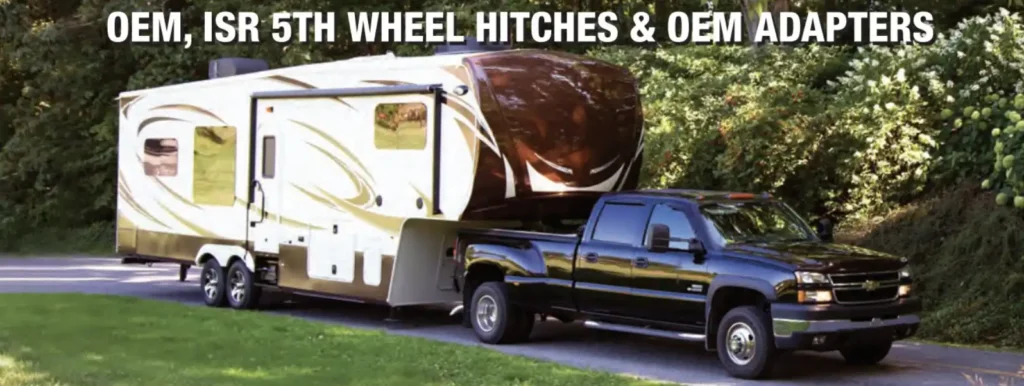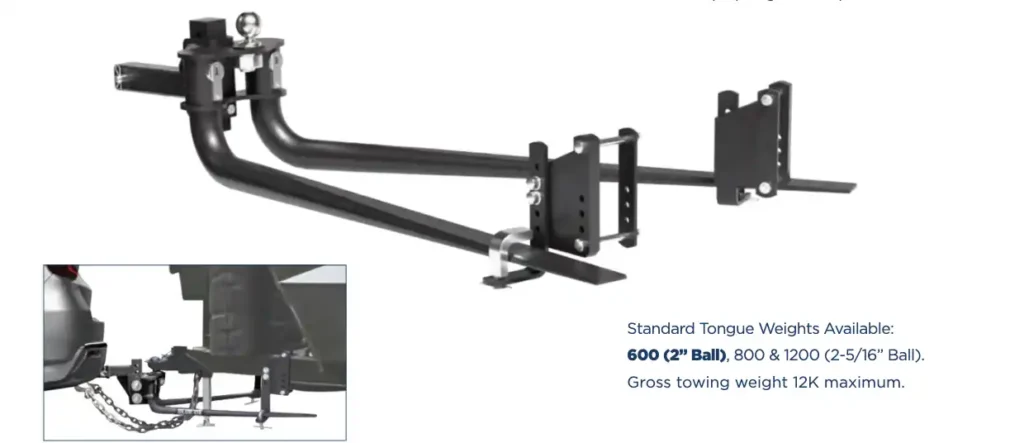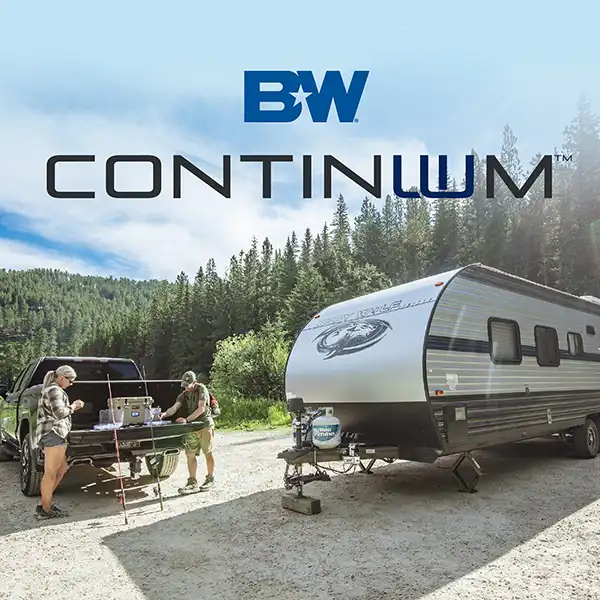When I first dove into the world of towing, I quickly realized how crucial it was to understand the different types of hitches and how they impacted the towing experience. It’s not just about hooking up a trailer and hitting the road; it’s about ensuring safety, efficiency, and the right fit for your vehicle and cargo. Whether you’re planning to tow a small utility trailer, a boat, or even a large RV, the right hitch can make all the difference.
The Evolution of Hitches: A Brief History
Before we jump into the nitty-gritty details, let’s take a quick journey back in time. Hitches have come a long way since the early days of towing. In the 19th century, horse-drawn wagons used simple hitching mechanisms to connect the wagon to the horses. These rudimentary hitches were made of wood and leather, and while they got the job done, they were far from what we see today.
The invention of the automobile in the early 20th century spurred the development of more sophisticated hitches. As cars became more powerful and capable of towing, manufacturers began designing steel hitches that could handle heavier loads. Fast forward to today, and we have a wide array of hitches, each designed for specific towing needs, from lightweight utility trailers to massive fifth-wheel RVs.

Types of Hitches: Choosing the Right One
When it comes to hitches, one size does not fit all. Here’s a breakdown of the most common types of hitches and what they’re best suited for:
1. Receiver Hitch
Best For: General towing, including small trailers, bike racks, and cargo carriers. Weight Capacity: 2,000 to 20,000 pounds (depending on the class).
Receiver hitches are the most versatile and commonly used hitches. They come in different classes, from Class I to Class V, with each class designed for a specific weight range. For example, a Class I hitch is perfect for light-duty towing, such as a small trailer or a bike rack, while a Class V hitch is designed for heavy-duty towing, like a large travel trailer or a boat.
My Experience: I remember the first time I towed my boat to the lake using a Class III receiver hitch. The installation was straightforward, and I loved the flexibility it offered. I could easily switch between towing my boat, attaching a cargo carrier, or even a bike rack when the family and I went on camping trips.

2. Fifth-Wheel Hitch
Best For: Towing large trailers, such as RVs and campers. Weight Capacity: 16,000 to 30,000 pounds.
The fifth-wheel hitch is designed for serious towing. Unlike receiver hitches, fifth-wheel hitches are mounted in the bed of a pickup truck, providing a more stable connection and better weight distribution. This makes them ideal for towing large RVs and campers.
My Experience: On a cross-country road trip with my family, I rented an RV that used a fifth-wheel hitch. The hitch provided an incredibly smooth and stable ride, even on winding mountain roads. It was a game-changer compared to the bumper-pull trailers I’d used in the past.

3. Gooseneck Hitch
Best For: Heavy-duty towing, especially for livestock trailers and commercial trailers. Weight Capacity: Up to 30,000 pounds.
Gooseneck hitches are similar to fifth-wheel hitches but offer even greater stability and weight capacity. They are commonly used in agricultural and industrial settings, where towing large, heavy loads is a daily task.
My Experience: While I haven’t personally used a gooseneck hitch, I have several friends in the farming industry who swear by them. The gooseneck hitch’s ability to handle sharp turns and uneven terrain makes it indispensable for towing livestock and large equipment.

4. Weight Distribution Hitch
Best For: Towing medium to large trailers, especially when using a receiver hitch. Weight Capacity: Varies based on the towing setup.
A weight distribution hitch helps distribute the tongue weight of the trailer more evenly across the tow vehicle’s axles. This improves stability and reduces the risk of swaying. It’s particularly useful when towing large travel trailers with a bumper-pull receiver hitch.
My Experience: After a nerve-wracking experience with trailer sway on a windy highway, I invested in a weight distribution hitch. The difference was night and day. The trailer felt much more stable, and I had peace of mind knowing that my tow vehicle was handling the load more efficiently.

5. Bumper Hitch
Best For: Light towing, such as small utility trailers or bike racks. Weight Capacity: Up to 3,500 pounds.
Bumper hitches are the simplest and most basic type of hitch. They attach directly to the bumper of the vehicle and are typically used for very light towing tasks.
My Experience: I used a bumper hitch for a small utility trailer when I first started towing. While it worked fine for short trips, I quickly realized its limitations when I tried to tow a heavier load. It’s definitely a good entry-level hitch, but I soon upgraded to a receiver hitch for more versatility.

Towing Tips and Tricks: DIY and Beyond
Towing can be daunting, especially if you’re new to it. Over the years, I’ve picked up a few tips and tricks that can make your towing experience smoother and safer:
1. Match Your Hitch to Your Vehicle and Load
Before you even think about towing, ensure that your hitch is compatible with both your vehicle and the load you’re planning to tow. Check the owner’s manual for your vehicle’s towing capacity and ensure that your hitch is rated for the weight of your trailer and cargo.
2. Install a Brake Controller
For trailers that weigh over 3,000 pounds, I strongly recommend installing a brake controller. This device synchronizes the trailer’s brakes with your vehicle’s brakes, providing smoother stopping power and reducing wear and tear on your vehicle.

3. Use the Correct Ball Mount
The ball mount is the part of the hitch that connects the trailer to the tow vehicle. Ensure that you’re using the correct size and type of ball mount for your trailer. The wrong ball mount can lead to a dangerous towing situation, so double-check the specifications.
4. Perform Regular Maintenance
Hitches are subject to a lot of stress, especially when towing heavy loads. Regularly inspect your hitch for signs of wear and tear, such as rust or cracks. Replace any worn components immediately to avoid accidents on the road.
5. Practice Towing in a Safe Area
If you’re new to towing, it’s a good idea to practice in a large, open area before hitting the road. Get a feel for how your vehicle handles with a trailer attached, and practice maneuvers like backing up, turning, and stopping.

Brand Recommendations: Finding the Best Hitch
When it comes to choosing a hitch, the brand can make a big difference in quality and reliability. Here are a few brands that I’ve had positive experiences with:
1. Curt
Curt is a well-known name in the towing industry, offering a wide range of hitches for different needs. Their hitches are durable, easy to install, and come with a variety of accessories to enhance your towing experience.
2. Reese
Reese hitches are known for their strength and reliability, especially in the heavy-duty towing category. If you’re planning to tow a large trailer or RV, Reese is a brand you can trust.
3. B&W
B&W specializes in gooseneck and fifth-wheel hitches, offering some of the most robust and well-engineered products on the market. Their hitches are built to withstand the rigors of heavy-duty towing and are a favorite among professionals.
4. Draw-Tite
Draw-Tite offers a wide range of hitches, from light-duty to heavy-duty options. Their products are known for their quality and affordability, making them a great choice for budget-conscious consumers.

Conclusion: The Road Ahead
Towing doesn’t have to be intimidating. With the right hitch and a little know-how, you can safely tow just about anything. Whether you’re hauling a boat to the lake, taking an RV on a cross-country adventure, or transporting equipment for work, understanding the different types of hitches and their uses is key.
Remember to always match your hitch to your vehicle and load, perform regular maintenance, and choose a reputable brand for peace of mind. Towing is more than just a means to an end—it’s the start of your next great journey. So hitch up, hit the road, and enjoy the ride!

